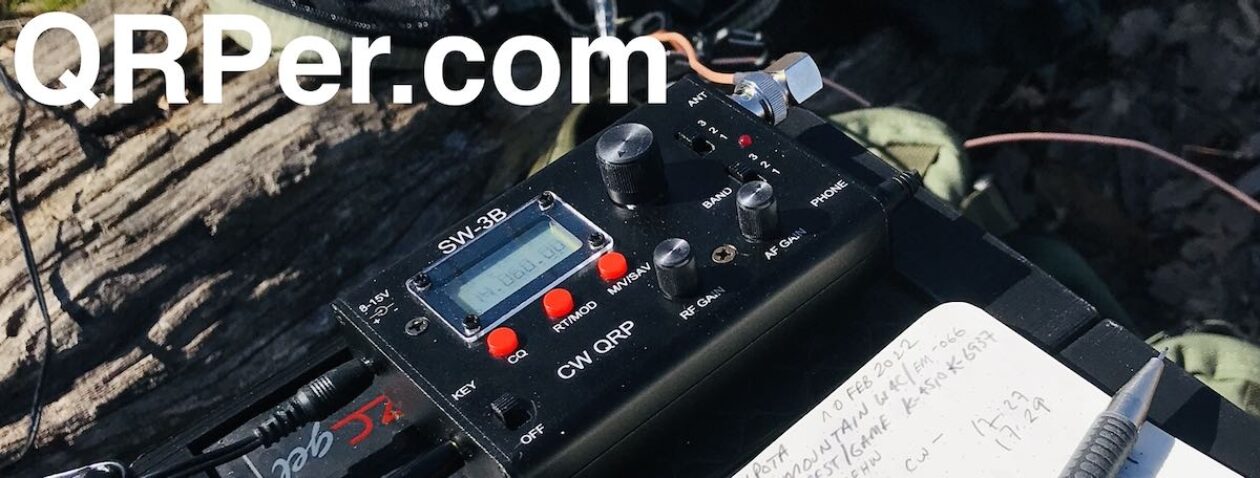Many thanks to Drew (W8MHV) who shares the following guest post:
QRP in Thailand
by Drew (W8MHV)
I travel to Southeast Asia each year and usually have a few weeks in Thailand, but this year we planned on a longer stay. My XYL (N8MHV) has family in Thailand and we own a condo in downtown Bangkok. This year I was intent on getting my Thai ham license; I have never previously been licensed there.
You might be surprised to know that Thailand doesn’t make it easy for a casual American visitor to be awarded a ham license, even though the country has a bilateral agreement with the US on licensing.
For starters, you must have a visa for a long stay. A visitor can stay in Thailand for 30 days without a visa, and I have always limited my stay accordingly. But this year we stayed for of two months and getting a visa was necessary. That wasn’t especially difficult once my Thai-speaking wife helped figure out the necessary paperwork. In Thailand my wife’s calls to government offices led to a contact with the Radio Amateur Society of Thailand (RAST). Once I joined the organization, they helped push through the application and award of the license.
The RAST Secretary whose nickname is Top was a very great help. I felt like this was a big achievement as there are fewer than 1,000 ham licensees with HF privileges in a country of about 70-million.
QRP operating from anywhere in Southeast Asia requires great patience. This is because if you operate in a DX location, then everyone you work is DX to you, as by definition there are few if any local stations!
I brought my newly-acquired Elecraft KH1 for on-air use. Its tiny size made it easy to pack for overseas travel. It worked flawlessly, but the built-in whip antenna was far less useful than a 20.5 foot random wire with counterpoise I included in my kit.

In my 12th floor condo noise levels were terrible—typically S7, but at the top of the building on the 24th floor there is a garden where the noise levels were a manageable S3. See the photo above.
I also operated from an island in the Gulf of Thailand at a resort and noise levels there were even more quiet, as you would expect. Also, this was a comfortable operating location as the photo shows.
 During my stay propagation conditions were poor mostly and I struggled to work any stations. A typical example is my final night in Bangkok I repeatedly called a station in Hong Kong whose signal was about S5, but I never got an answer. It was about the closest station I heard, but the signal path was about the same as the distance between New York City and Caracas, Venezuela.
During my stay propagation conditions were poor mostly and I struggled to work any stations. A typical example is my final night in Bangkok I repeatedly called a station in Hong Kong whose signal was about S5, but I never got an answer. It was about the closest station I heard, but the signal path was about the same as the distance between New York City and Caracas, Venezuela.
I have operated from other Asian locations with QRP radios many times and the results have varied, chiefly depending on the kinds of antenna I could erect. Sometimes it has been lonely, other times control of a big pileup has been a challenge.
Finally, a few thoughts about the KH1.
It is an unparalleled performer for its size. It has most features you would want and its ergonomics are good. The weakest point was the paddle set, and since returning, I have replaced them with the KM4CFT aftermarket set. That said, in my travel to Thailand next year, I think I will take a KX2. It offers a few more features at a small increase in packing size.
Thanks for listening es 73 de W8MHV

